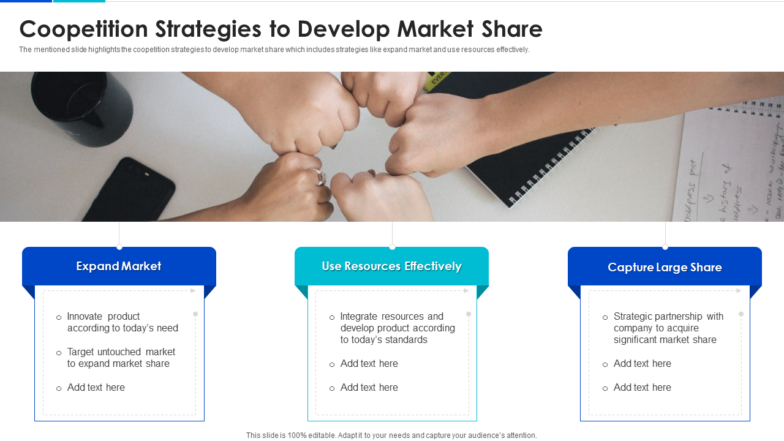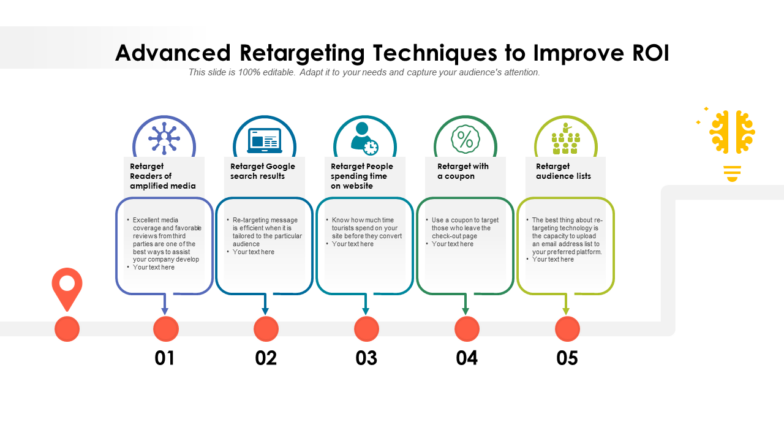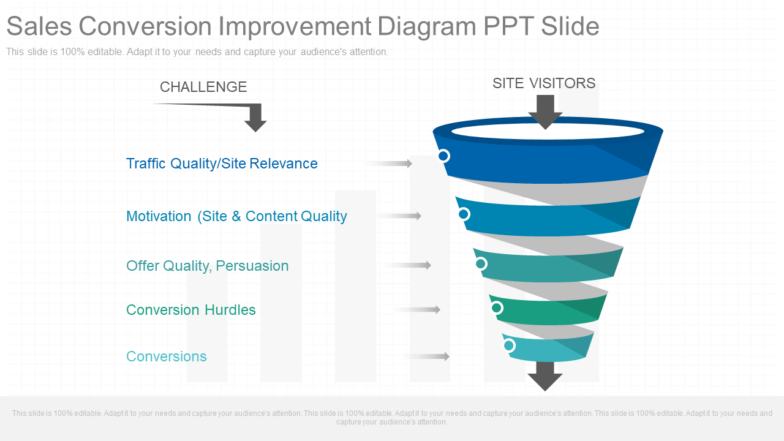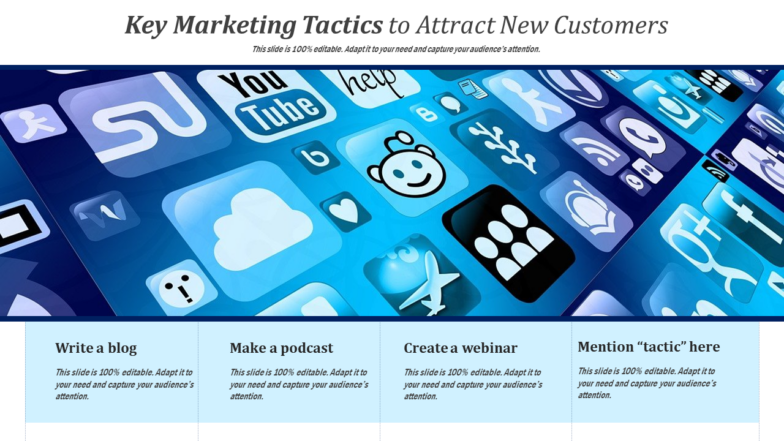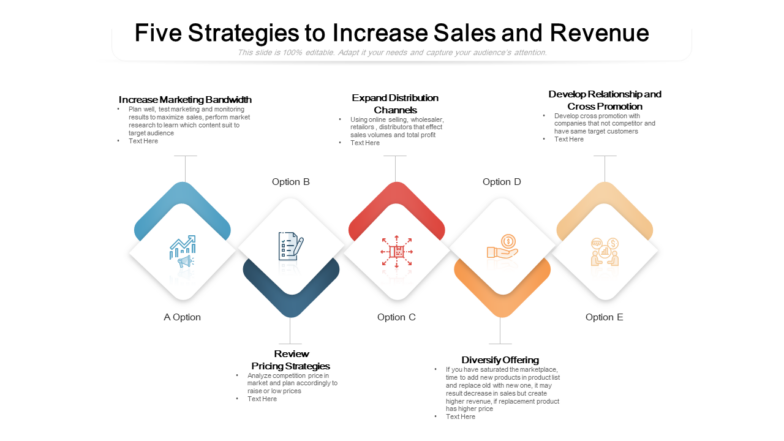Creating a marketing plan without any objectives is like planning a vacation without a destination in mind. Should you bring a coat and gloves or a bathing suit and flip-flops? On the same note, without marketing objectives, you cannot optimize your plan to achieve the best results.
Marketing objectives drive every successful marketing strategy. In this blog, we’ll define and share ten examples of marketing objectives (with marketing objectives templates) that are a must-have before designing any marketing strategy.
How Do Marketing Objectives Influence Your Marketing Plan?
Objectives are essential to any marketing strategy, but these need to be framed with careful consideration. To meet your goals, you must first understand other aspects of your brand. Before defining the goals of your marketing strategy, you should:
- Define your brand’s mission. Everyone should work toward a common goal to ensure a company’s success. Hence, the marketing strategy must be consistent with the company's mission statement.
- Conduct a company situation analysis, considering both internal and external factors. External factors include the general outlook of your industry and the market. Internal factors refer to your company, including its resources and employees. It is also an excellent time to perform a SWOT analysis. To do this well, please click on our comprehensive blog on SWOT here.
- Analyze your competitors. What are your main competitors’ brands, and how are they perceived in the market? What is their budget and business volume, the price of their products or services, their sales process, customer acquisition, and so on?
SMART Objectives
It is critical to ensure that your goals are SMART. It ensures that your objectives are comprehensive and easy to measure when you get into analyzing your campaign. Here’s what SMART means:
- Specific: The goals must be specific and concrete. Answer the fundamental questions of what, who, where, when, how, and why with these.
- Measurable: If you can't measure an objective, you won't know if you've met it. Consider what Key Performance Indicators (KPIs) you will use. Give success an identity, and find out what it looks like for your unique marketing objectives.
- Attainable: Goals that are too simple or too ambitious do not move the needle, and you are left wondering what happened. Goals must stretch the team, but not to the point of lowering members’ morale. If the goal is too easy, boredom results.
- Realistic: Consider your previous resources and accomplishments and then decide on whether the goal is worth pursuing.
- Timely: Set a deadline for your goal and check to see if it was met. It may be beneficial to break down a big goal into smaller objectives to course-correct at the first signs of the campaign going downhill.
Top 10 Marketing Objectives Templates for Your Brand
Marketing Objectives Template #1: Increase Brand Awareness
Increasing awareness of your brand or products is an excellent goal for your marketing plan, whether you're a new company, launching a new product, or deciding to target a new audience. For this campaign, success needs to be measured in terms of impressions by comparing audience brand awareness before and after the campaign.
Example: Increase social media impressions across a new target audience between 25 and 30% by the end of the quarter.
Marketing Objectives Template #2: Increase Market Share
This marketing goal is linked to the competition analysis discussed at the end of this blog. You can define your specific market position and project where you want to be after your campaign by looking at other existing brands in your industry.
Example: Reduce customer churn by 10% to increase market share by the end of the fiscal year.
It is important to note that your goal does not always have to be ‘to become the market leader’ as this may not always be realistic.
Marketing Objectives Template #3: Launch a New Product
Any marketing department faces unique challenges when launching a new product. It takes a lot of effort to inform and excite the public about a new product. This goal can have several objectives, including developing the communication strategy, pricing, and positioning.
Example: Determine the final price of Product X by the end of the week.
Marketing Objectives Template #4: Introduce the Company to a New Market
When introducing a brand to a new market, positioning and communication strategy are critical, just as they are when launching a new product. It’s also critical to understand cultural and consumption differences.
Example: During the first half of Q2, conduct market research and develop an appropriate messaging strategy by the end of Q2.
Marketing Objectives Template #5: Improve ROI
Return on investment (ROI) is one of the most important marketing metrics because it determines whether or not your investment is paying off.
Because we know the cost per click for getting conversions, it's now easier than ever to measure ROI in digital marketing. With companies having numerous ways to increase their ROI, this goal may have several objectives.
Example: Conduct A/B testing over four weeks on two different Facebook Ads.
Marketing Objectives Template #6: Increase Company Profits
Increasing company profits frequently entails one of three actions: cost reduction, profit increase, or both. The use of search engine optimization, social networks, and other digital media can be critical to increasing profits and reducing costs.
Example: In Q4, reduce paid social ads by 20% while increasing current SEM efforts with three weekly blog posts.
Marketing Objectives Template #7: Optimize the Funnel
Aiming for many impressions is pointless if you don't get users to convert. As a result, a good marketing plan goal would be to consider the stages of the conversion funnel and guarantee that as many users as possible become customers.
Example: Increase conversion rates by 5% in 2022 by increasing remarketing efforts on prospects in the middle of the funnel.
Marketing Objectives Template #8: Attract New Customers
Attracting new customers to your product or brand is essential in ensuring your company’s relevance and longevity. Acquiring new customers needs to be handled in a different manner than the tools used to retain existing customers.
Example: By the end of the year, form a partnership with three new industry influencers and create discount codes for their followers.
Marketing Objectives Template #9: Retain Existing Customers
Increasing customer loyalty is another common marketing goal. It’s critical to stay invested in your audience, and some may argue that it’s even more beneficial because it's always cheaper to keep a current customer than to gain a new one.
Example: By Q3, add two full-time community managers to manage social media comments and questions better.
Marketing Objectives Template #10: Increase Sales
Finally, we've arrived at the most common marketing goal: Increased sales. There are many ways to boost sales, but two popular ones are increasing conversion rates and increasing the average number of transaction options (for example, cross-selling.)
Example: Increase conversion rates by 3% by growing website traffic with three new blog posts per week by the end of the year.
In popular parlance, marketing objectives and marketing goals are used interchangeably, making these concepts hard to differentiate. Hopefully, this post has improved your understanding of them and inspired you to make future marketing plans!
You Got This
You are now fully prepared to set smart business goals using the power of 10 strong measurable marketing objectives templates. Start the road to a successful marketing strategy with clear and measurable goals. Define your goals, and you'll have a way to measure and sustain success by adjusting your marketing strategy as you go. In other words, the key is to track marketing objectives.
FAQs on Marketing Objectives Templates
How do you write a marketing objective? List five steps.
- Keep track of your sales targets. You can begin by writing down goals that represent a rise in specific sales in percentages or dollars.
- Set a target for achieving a set XX% of market share.
- Determine how many customers you will require
- Set your price targets.
- Combine each key goal.
Remember that clarity in marketing objectives always reaps handsome rewards for a business.
What are the four objectives of marketing?
Here are the four main marketing objectives:
- Profitability+ objective
- Market share objective
- Promotional objective
- Growth objective
Each of these objectives requires the customized deployment of resources and personnel on company time. Hence, be careful with what you want to achieve as a marketing objective.
What are SMART marketing objectives examples?
- Boost website traffic.
- Increase your social media followers.
- Build an email list.
- Increase your conversion rates.
- Increase your website or social media engagement.
- Increase paid ad click-throughs.
Why are marketing objectives important?
Marketing objectives are critical because they increase your marketing team’s accountability. The goals lend themselves to numeric tracking and thus naturally connect to the Key Performance Indicators (KPIs) as well. Hence, the success or failure of marketing objectives has a much stronger correlation to a business’s overall success. The milestones these objectives create are then essential for businesses. It is, thus, incumbent upon businesses to set, and then track, marketing objectives to the best of their abilities.
Download the free Marketing Objectives Templates PDF.





 Customer Reviews
Customer Reviews


